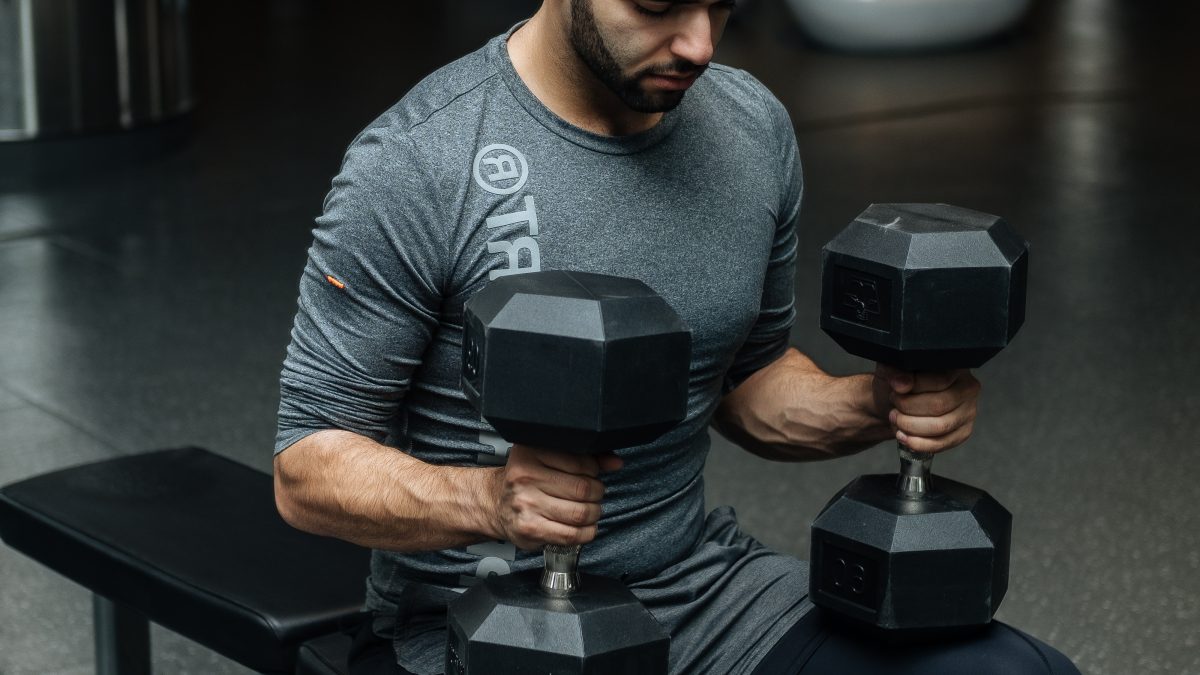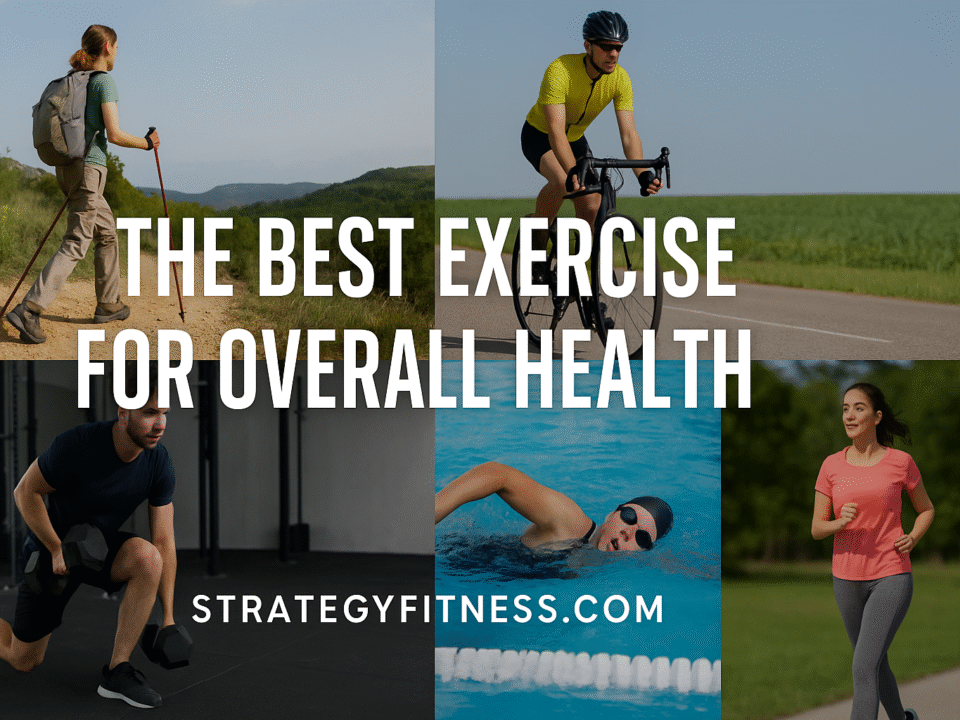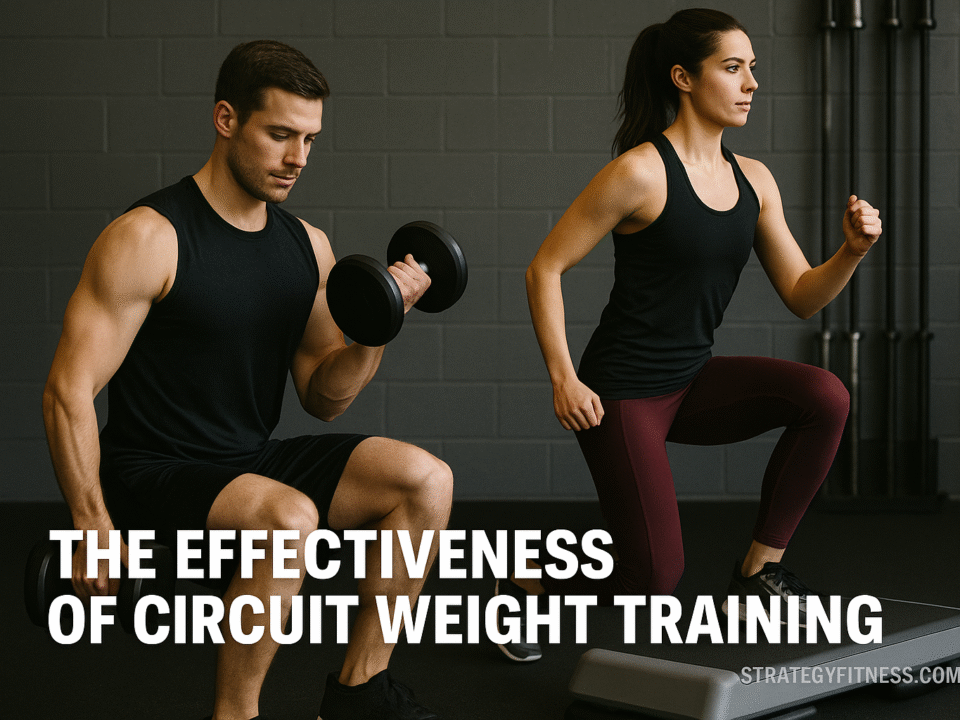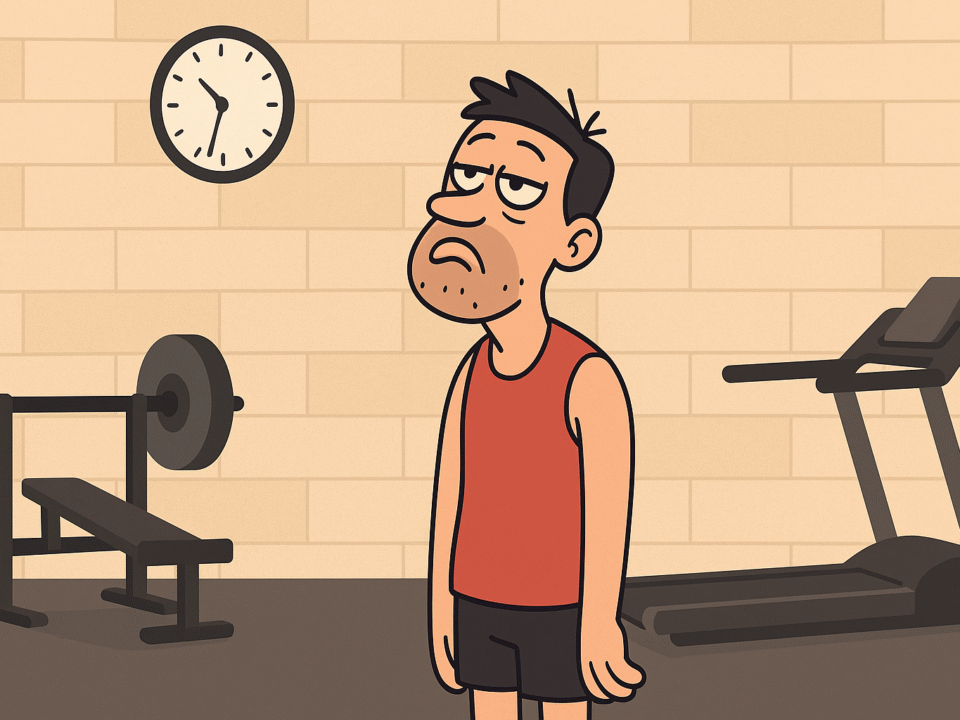
Largo Florida Personal Training and Personalized Fitness
April 22, 2022
Best Workouts for Over 50
June 14, 2023Best Workouts for Over 40 to Stay Fit & Fab!
Reaching your 40s is a significant milestone marked by unique challenges and physical and personal transformations. It is essential to prioritize your health and fitness during this phase to maintain overall strength, vitality, and well-being. With the right workouts, you can promote bone density, joint health, cardiovascular endurance, flexibility, muscle mass preservation, and improve balance and coordination.
Continue reading to know more about a wide range of exercises specifically tailored for individuals over 40. By integrating these exercises into your everyday practice, you can upgrade your actual wellness and partake in an active, satisfying life.
Workouts to Enhance Cardiovascular Endurance and Stamina
Regular cardiovascular exercise is necessary for weight management, managing stress, maintaining a healthy heart, and increasing energy levels. Engage in activities that test your cardiovascular system and raise your heart rate.
- Swimming, cycling, brisk walking, and using an elliptical machine are excellent low-impact workout options because they are effective while putting less stress on your joints.
- Set your aim for 150 minutes of moderate-intensity aerobic weekly exercise to meet the guidelines. This can be accomplished through daily 30-minute sessions or weekly longer sessions.
- Warm up your muscles and joints with dynamic stretches or light cardio before starting your cardio workout. In a similar vein, cooling down with slow walks or gentle stretches after exercise aids in body recovery and reduces muscle soreness.
Choose activities you enjoy to keep yourself motivated and incorporate exercise into your daily routine.
Strength Training for Muscle Preservation
As you get older, it’s more and more important to keep your muscle mass. Resistance training supports bone health and metabolic function and helps maintain muscle strength.
- Include squats, lunges, deadlifts, chest presses, shoulder presses, rows, and bicep curls as weightlifting exercises that target all major muscle groups.
- Hold back on three strength instructional courses each week to improve muscle safeguarding.
- Perform a few arrangements of 10-15 repetitions for each activity, utilizing loads that challenge you without undermining your structure. Consider working with a certified fitness professional if you’re new to strength training to ensure safety and proper technique.
Workouts to Improve Flexibility and Mobility
Keeping up with adaptability and versatility is fundamental for everyday exercises and injury avoidance. As we age, our muscles and joints tend to tighten, reducing our range of motion.
- Yoga, Pilates, and certain stretches can all help to increase joint flexibility and mobility. Consider taking a yoga class or working with a certified instructor to ensure that you are performing the exercises correctly and safely if you are new to stretching or need some direction.
- Incorporate dynamic stretches into your warm-up routine before exercise to prepare your muscles for movement and increase blood flow to the working muscles.
- After your exercise, center around static stretches to lengthen and loosen up the muscles. Stretching major muscle groups like the hips, hamstrings, shoulders, and back is especially important. Regular stretching prevents muscle imbalances and promotes better posture and body alignment.
Choose These Workouts for Better Bone Density and Joint Health
As we age, bone density normally diminishes, increasing the risk of osteoporosis and breaks. Weight-bearing exercises are great for making bones stronger and growing new ones.
- Exercises like strolling, running, climbing, moving, or step climbing put weight on your bones, advancing bone well-being.
- Even more than weight-bearing workouts, resistance training using weights or resistance bands can boost bone density. Squats, lunges, and step-ups are workouts that build muscle and stress the bones, promoting the formation of new bones.
- To help joint well-being, integrate low-influence activities like swimming, cycling, or utilizing a circular machine. While still providing cardiovascular benefits, these activities are gentle on the joints.
If you have any concerns about your joints, talk to a doctor or physical therapist to make sure you choose the right exercises and modifications.
For Improved Balance and Coordination, Do These Workouts
Further developing balance and coordination is crucial for decreasing the risk of falls, which can have extreme outcomes as we age.
- Your proprioception, or awareness of your body’s position in space, will get better as you do balance exercises on a stability ball or wobble board, as well as Tai Chi, yoga, and other similar activities.
- To increase stability, incorporate exercises that emphasize single-leg movements like standing leg raises or single-leg squats. These exercises facilitate better balance and a lower risk of falling, which work the smaller muscles that stabilize the body.
- Dancing or martial arts are the two activities that require coordination and can also help improve cognitive skills and physical fitness. Your ability to balance and move in a coordinated manner will improve as a result of these activities.
Workouts for Stress Reduction and Mind-Body Connection
Exercise is good for your physical & mental health as well as stress reduction.
- Combine exercises like thoughtful reflection, deep breathing exercises, or yoga that promote the brain-body connection.
- By concentrating on the present moment, mindfulness meditation can help with stress reduction, self-awareness, and mental clarity. Deep breathing exercises have been shown to trigger an unwinding response that lowers stress and clears the mind.
- Yoga combines physical activity, deep breathing, and meditation to enhance balance, flexibility, and mental clarity. Additionally, it could assist with the signs of stress-related illnesses, including sadness and anxiety.
You may develop a comprehensive health routine that supports your body and mind by combining regular exercise with mindfulness activities. To learn and implement these techniques into your everyday routine, consider signing up for classes or using online resources.
In addition to the activities mentioned above, there are a few more considerations to address when designing a fitness plan for those over 40:
- To target various muscle groups and maintain overall fitness, incorporate various exercises into your routine.
- Permit your body a sufficient opportunity to recuperate between exercises. Rest days are necessary for muscle growth and repair.
- It’s critical to consume adequate water, regardless of your age.
Let Strategy Fitness Create a Diversified Exercise Program for a Healthy You in Your 40s!
Entering your 40s presents new chances to focus on your well-being and wellness. A diversified exercise program that promotes cardiovascular endurance, weight training, flexibility, bone density, balance, and stress management will help you enhance your physical and mental health.
Remember to listen to your body, start carefully, and see a doctor or fitness professional before beginning a new exercise program, especially if you have any underlying health disorders or concerns. Aim for a better, more exciting, and fulfilling future by embracing the power of action.
Strategy Fitness can help you opt for a fully-diversified exercise program for a healthier and happier life after your 40s.




